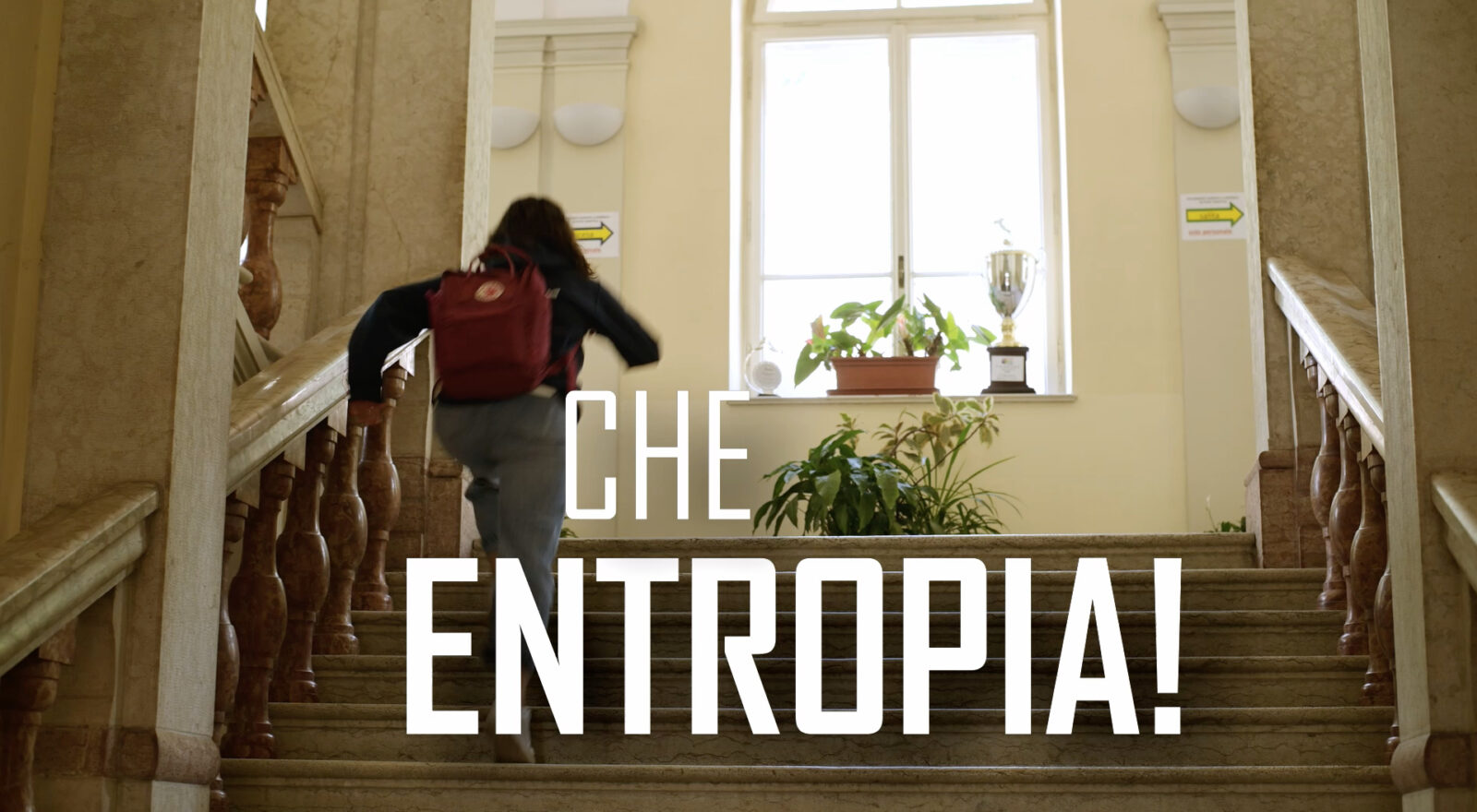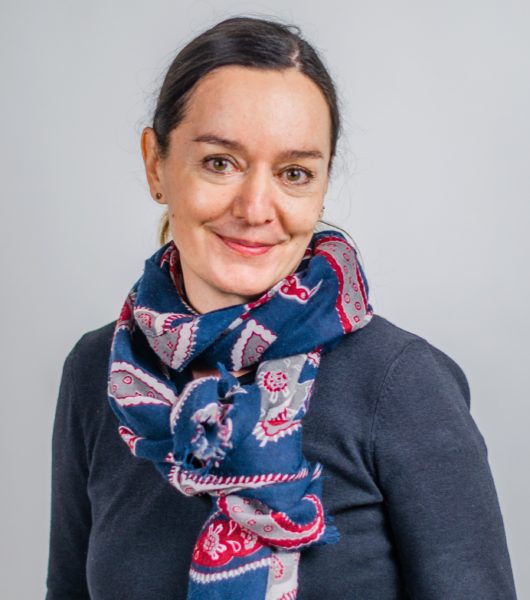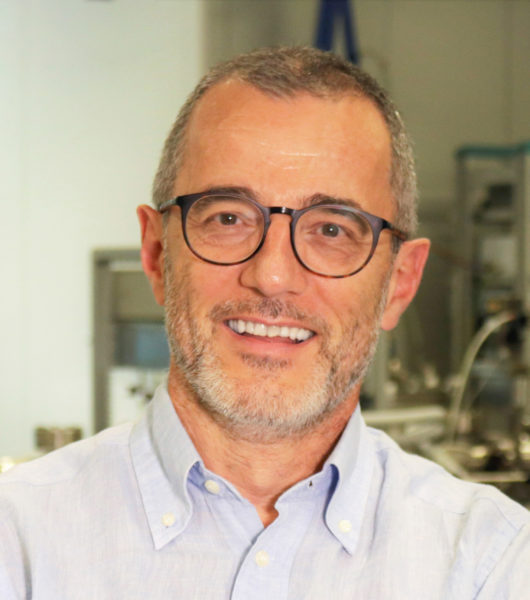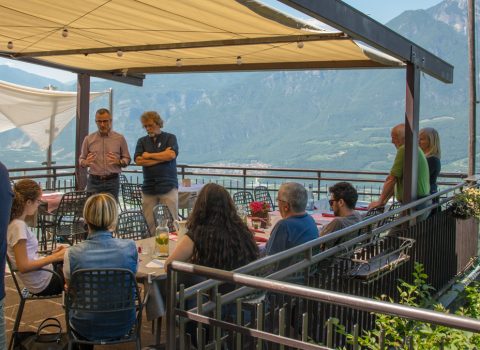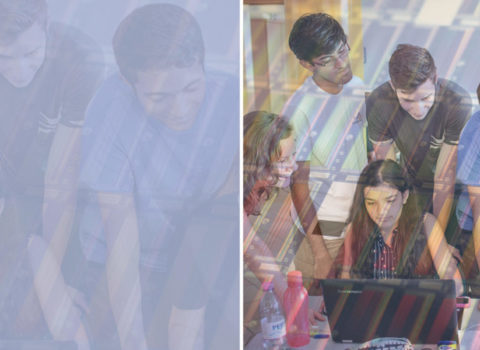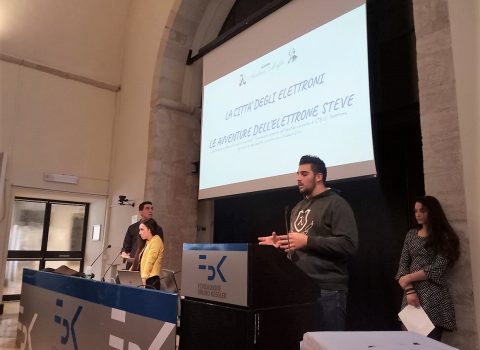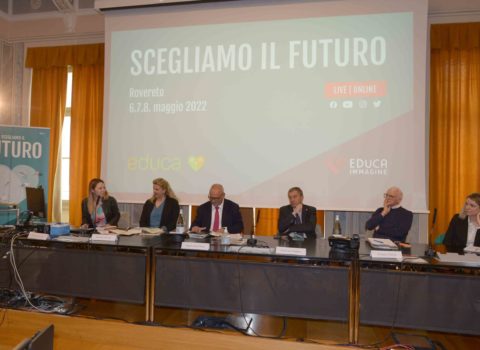
The thousand pieces of the glass
The "CheEntropia!" project, promoted by ITT M. Buonarroti of Trento with FBK, has led not only to awareness and attention to an irreversible natural process such as entropy, but also to the creative creation of an ad hoc short film signed by the students of the schools involved, viewable at the end of this article.
It has happened to all of us to drop a glass to the ground and watch it shatter into a thousand pieces, or to forget to put the cap on our bottle full of water, with the result of completely wetting the bag that contains it. We can bet, however, that no one has ever observed the opposite phenomenon: the thousand pieces of the glass never recompose spontaneously, and the water molecules scattered in our bag do not return inside the bottle.
These simple examples show that there are irreversible processes in nature: they can only happen in one direction, but not in the opposite one. Regulating this “arrow of time” is a truly special physical quantity: entropy, which can be defined (simplifying a bit) as the degree of disorder of a system. One of the principles of Thermodynamics states that entropy can never decrease: this is why all physical processes always tend to evolve towards the state of greatest disorder (the broken glass into a thousand pieces) rather than in the opposite direction (the pieces that come back together to form the glass).
The concept of entropy is not among the simplest ones, so much so that even today physicists debate its deepest meaning, but at the same time it is very powerful from a communicative point of view, because it has to do with processes that we all touch with hand in our daily life, also stimulating reflections of great charm and relevance.
Entropy can help us answer questions of a fundamental nature (why does time flow only in one direction, from the past to the future?), but also much more practical and urgent (is it possible to reverse the increase in disorder in the environment that surrounds us? Or to stop the ongoing climate change?).
For all these reasons, the choice of entropy as the theme of an educational and communication project is both beautiful and courageous. A challenge won by the girls and boys of the schools involved, guided by teachers and scientific tutors, who were able to tell entropy in an effective and entertaining way through three very different communication tools, such as theatre, short films and graphic novel. Succeeding in an always very difficult undertaking when communicating science: simplifying the narration in order to make it usable and interesting for everyone, without sacrificing the rigor and precision of the contents. With a respectful common denominator: the theme of sustainability and attention to the environment, present in all the works created. Proof that projects like “cheEntropia!” they also have the task (and merit, in this case) of keeping young people’s attention focused on the most urgent problems of our times.
